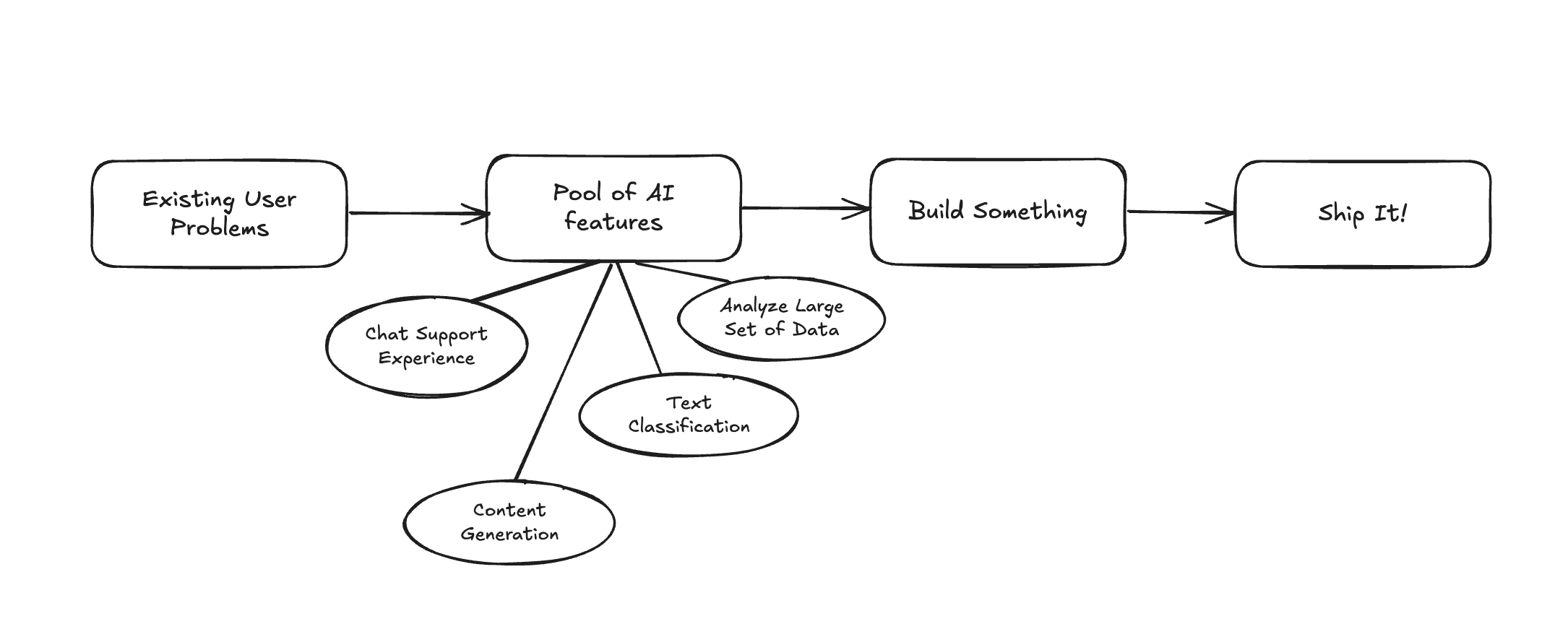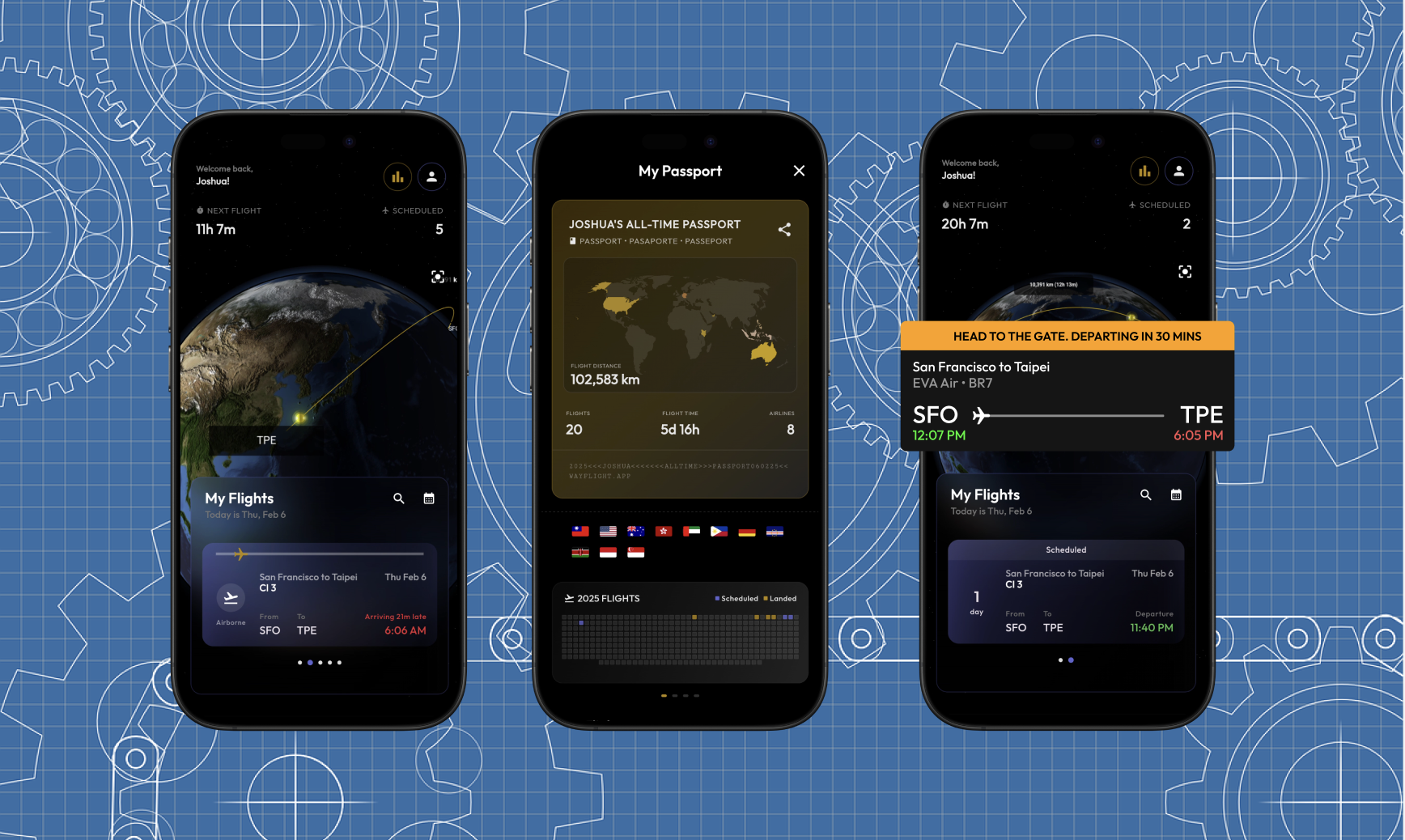Hey there 👋 and welcome to this week’s newsletter! This is Joshua, I write actionable insights on product engineering, app development, and lessons from startups and big tech, in 5 mins or less.

Passion projects. I love them. I’ve built a fair number over the years and I’ve been thinking about it more lately when people ask me about them.
While not every passion project may become something business-wise, I genuinely believe that every project you build is time well spent. It helps you learn new things, express your creativity, and keep yourself sharp. Even when you’re not actively building it, projects in your pipeline can be a great source of inspiration and motivation.
And honestly, passion projects just simply feel good to work on. There’s something about working on something you’re excited about, on your own terms, that just feels right. You can experiment with new technologies, try out new design patterns, and build something that you would actually use.
Playground for AI and Innovation

The tech landscape is rapidly evolving, especially with the rise of AI. Passion projects provide the perfect playground to:
Dive into new technologies — without the constraints of legacy systems, team processes, or business requirements. You can try the latest frameworks, experiment with cutting-edge tools, and learn by doing.
Build real-world applications — that solve actual problems, rather than just following tutorials. This gives you a deeper understanding of how technologies work in practice.
Experiment with AI features — in a low-pressure environment where failure is part of learning. You can try different approaches, see what works, and understand the nuances of AI integration.
Solve problems using technology — focusing on shipping features that solve a problem using AI, not using AI and then finding a problem.
This is crucial in today’s landscape where AI tools are becoming more accessible. Your passion projects become a sandbox where you can understand these tools deeply and apply them effectively in your professional work.
Artistic Outlet for Product Engineers

Beyond the technical benefits, passion projects offer something equally important: creative expression.
As product engineers, we often work within constraints — business requirements, design systems, technical debt, team consensus. While these constraints can be good for shipping products at scale, they can sometimes limit our creative potential.
Passion projects give you the freedom to:
Express your personal design taste — You get to make all the design decisions. What does your ideal user experience look like?
Implement features the way you think they should work — No compromises, no politics, just your vision of how something should function.
Build products that reflect your interests — Combine your technical skills with your hobbies, interests, or domain expertise.
Create something people will actually use — There’s something deeply satisfying about building something that people find useful, even if it’s just a small group of users.
This creative aspect is often undervalued, but it’s essential for keeping your passion for building alive. It prevents burnout and keeps you excited about technology and product development.
How to Start
Starting a passion project doesn’t need to be complicated. Here’s how I approach it:
1. Find a problem to solve — Look for frustrations in your daily life, gaps in existing tools, or improvements you wish existed. The best passion projects solve real problems.
2. Talk to potential customers — Even for passion projects, validation matters. Talk to people who might use what you’re building. Understand their pain points.
3. Build (solo or collaboratively) — Start small and iterate. You don’t need to build everything at once. Focus on the core functionality first.
4. Leverage AI tools — Use tools like Cursor for development, v0 for prototyping, ChatGPT for brainstorming. These tools can significantly speed up your development process.
5. Get feedback and improve — Share early versions with friends, potential users, or communities. Use their feedback to guide your next iterations.
The key is to start simple and stay consistent. Even spending a few hours each week on a passion project can lead to significant progress over time.
Current Project: Wayflight
I’m currently working on Wayflight, a real-time flight tracking and logging app. It combines my product engineering skills with my interest in aviation and data visualization.
The project lets me experiment with real-time data processing, mobile app development, and building something that I genuinely use (I’m a frequent traveler and aviation enthusiast).
It’s also a perfect playground for trying new AI features — from intelligent flight predictions to automated trip planning suggestions.
Continuous learning and innovation are crucial skills to becoming a great product engineer in a world where everyone else is using AI.
Passion projects give you the space to develop these skills authentically, on your own terms, while building something meaningful.
Over to you: What passion project have you been thinking about starting? What’s holding you back?
Originally published at joshuamdeguzman.substack.com on March 26, 2025.